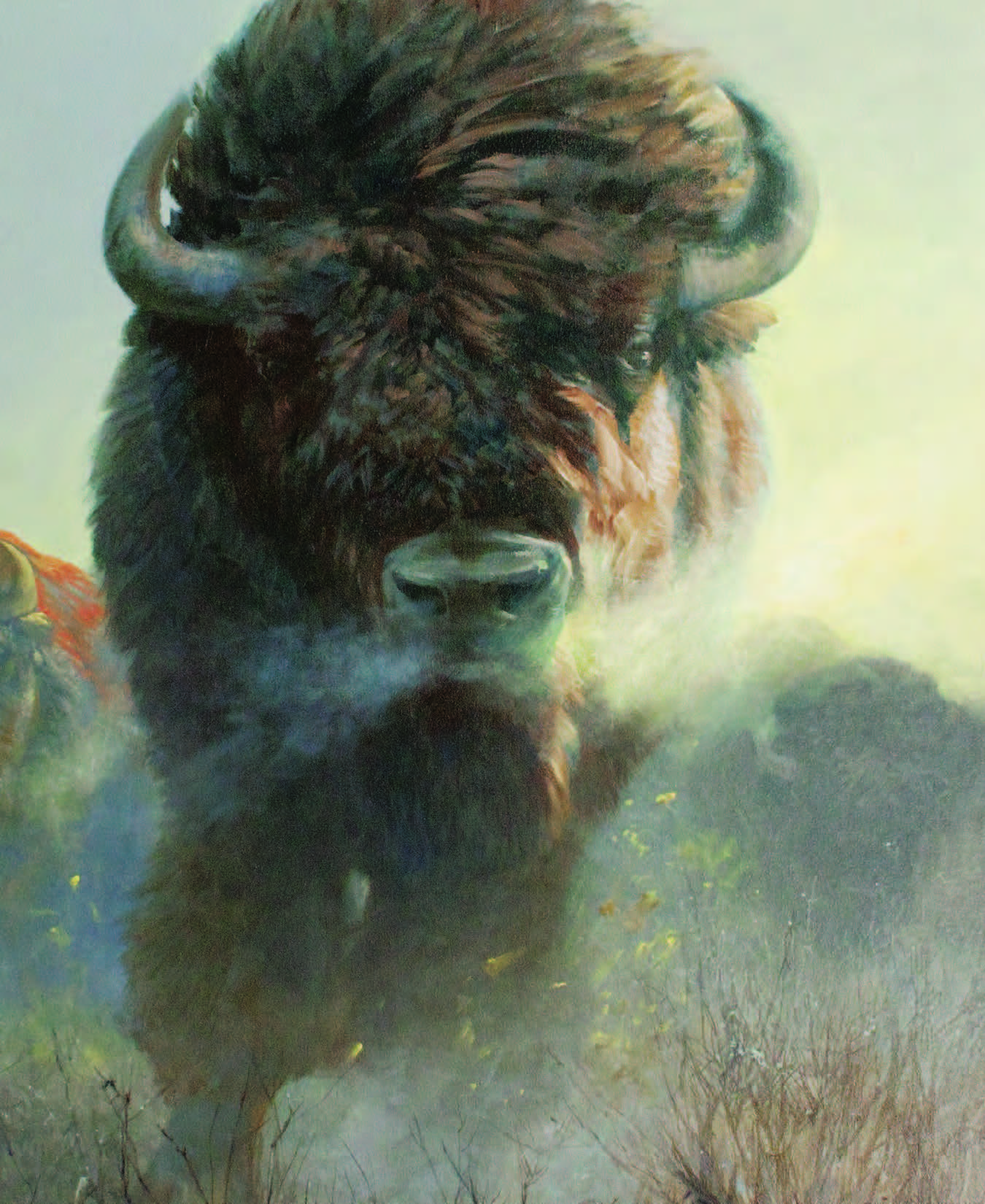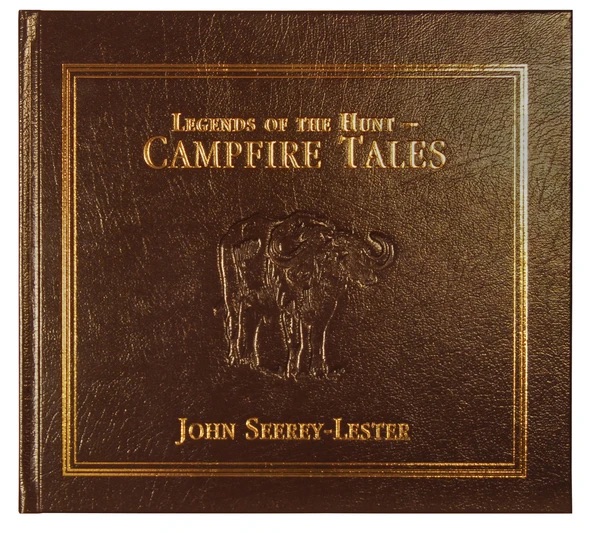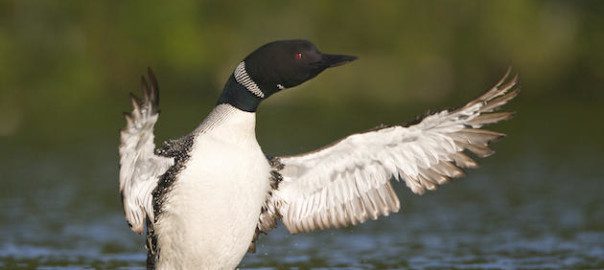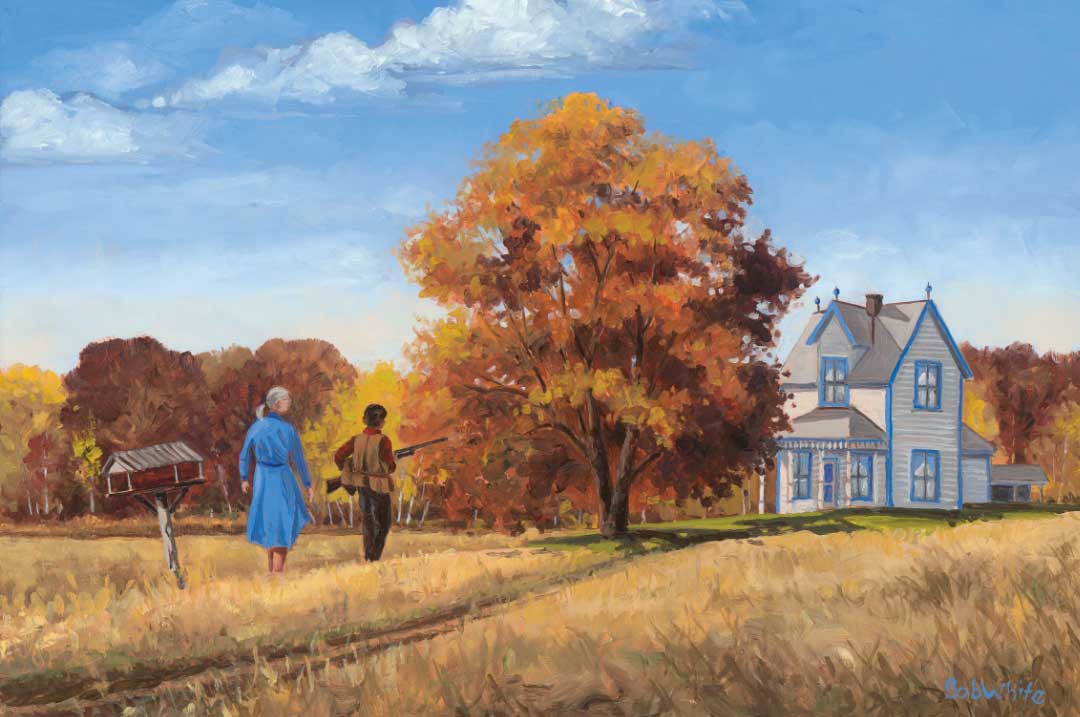The matted brown hair again clothes the dry bone, and in the empty orbits the wild eyes gleam. Above me curves the blue arch; away on every hand stretches the yellow prairie, and scattered near and far are the dark forms of buffalo. They dot the rolling hills, quietly feeding like tame cattle, or lie at ease on the slopes, chewing the cud and half asleep. The yellow calves are close by their mothers; on little eminences the great bulls paw the dust, and mutter and moan, while those whose horns have grown one, two, and three winters are mingled with their elders…
It was on the plains of Montana, in the days when buffalo were still abundant, that I had one of my last buffalo hunts — a hunt with a serious purpose. A company of fifty or more men, who for weeks had been living on bacon and beans, longed for the ” boss ribs ” of fat cow; and when we struck the buffalo range, two of us were deputed to kill some meat.

Running Out By John Seerey-Leser
My companion was an old prairie man of great experience, and I myself was not altogether new to the West; for I had hunted in many territories, and had more than once been “jumped” by hostile Indians. Our horses were not buffalo runners, yet we felt a certain confidence that if we could find a bunch and get a good start on them, we would bring in the desired meat.
The troops would march during the day; for the commanding officer had no notion of waiting in camp merely for fresh meat, and we were to go out, hunt, and over-take the command at their night’s camp.
The next day after we had reached the buffalo range, we started out long before the eastern sky was gray and were soon riding off over the chilly prairie. The trail which the command was to follow ran a little north of east; and we kept to the south and away from it, believing that in this direction we would find the game, and that if we started them they would run north or northwest, against the wind, so that we could kill them near the trail.
Until some time after the sun had risen, we saw nothing larger than antelope; but at length, from the top of a high hill, we could see far away to the east dark dots on the prairie, which we knew could only be buffalo. They were undisturbed too; for, though we watched them for some time, we could detect no motion in their ranks.
It took us nearly two hours to reach the low, broken buttes on the north side of which the buffalo were; and, riding up on the easternmost of these, we tried to locate our game more exactly. It was important to get as close as possible before starting them, so that our first rush might carry us into the midst of them
Knowing the capabilities of our horses, which were thin from long travel, we felt sure that if the buffalo should take the alarm before we were close to them, we could not over-take the cows and young animals which always run in the van, and should have to content ourselves with old bulls. On the other hand, if we could dash in among them during the first hundred yards of the race, we should be able to keep up with and select the fattest animals in the herd.
When we reached a point just below the crest of the hill, I stopped and waited, while Charley, my companion, rode on. Just before he got to the top, he too halted, then took off his hat and peered over the ridge, examining so much of the prairie beyond as was now visible to him. His inspection was careful and thorough; and when he had made sure that nothing was in sight, his horse took a step or two forward and then stopped again, and the rider scanned every foot of country before him.
The horse, trained as the real hunter’s horse is always trained, understood what was required of him, and with pricked ears examined the prairie beyond with as much interest as did his rider. When the calf of Charley’s right leg pressed the horse’s side, two or three steps more were taken, and then a lifting of the bridle hand caused another halt.

At length I saw my companion slowly bend forward over his horse’s neck, turn, and ride back to me. He had seen the backs of two buffalo lying on the edge of a little flat hardly a quarter of a mile from where we stood. The others of the band must be still nearer to us. By riding along the lowest part of the sag which separated the two buttes, and then down a little ravine, it seemed probable that we could come within a few yards of the buffalo unobserved.
Our preparations did not take long. The saddle cinches were loosened, blankets arranged, saddles put in their proper places and tightly cinched again. Cartridges were brought round to the front and right of the belt, where they would be convenient for reloading. Our coats tied behind the saddle were looked to, the strings which held them being tightened and securely retied. All this was not lost on our horses, which understood as well as we did what was coming.
We skirted the butte, rode through the low sag and down into the little ravine, which soon grew deeper, so that our heads were below the range of vision of almost anything on the butte. Passing the mouth of the little side ravine, however, there came into full view a huge bull lying well up on the hillside. Luckily his back was toward us; and, each bending low over his horse’s neck, we rode on, and in a moment were hidden by the side of the ravine.
Two or three minutes more, and we came to another side ravine, which was wide and commanded a view of the flat. We stopped before reaching this, and a peep showed that we were within a few yards of two old cows, a young heifer, and a yearling, all of them to the north of us. Beyond, we could see the backs of others, all lying down.
We jumped on our horses again, and, setting the spurs well in, galloped up the ravine and out on the flat; and as we came into view the nearest buffalo, as if propelled by a huge spring, were on their feet, and, with a second’s pause to look, dashed away to the north. Scattered over the flat were fifty or seventy-five buffalo, all of which, by the time we had glanced over the field, were off, with heads hanging low to the ground, and short, spiky tails stretched out behind.
We were up even with the last of the cows; and our horses were running easily, and seemed to have plenty of reserve power. Charley, who was a little ahead of me, called back, “They will cross the trail about a mile north of here. Kill a couple when we get to it.”
I nodded, and we went on. The herd raced forward over the rolling hills; and in what seemed a very short time we rushed down a long slope on to a wide flat, in which was a prairie-dog town of considerable extent. We were on the very heels of the herd, and in a cloud of dust kicked up by their rapid flight.
To see the ground ahead was impossible. We could only trust to our horses and our good luck to save us from falling. Our animals were doing better than we had supposed they could, and were going well and under a pull. I felt that a touch of the spurs and a little riding would bring us up even with the leaders of the buffalo. The pace had already proved too much for several bulls, which had turned off to one side and been passed by.
As we flew across the flat, I saw far off a dark line and two white objects, which I knew must be our command. I called to my comrade, and, questioning by the sign, pointed at the buffalo. He nodded; and in a moment we had given free rein to our horses, and were up among the herd.
During the ride I had two or three times selected my game, but the individuals of the band changed positions so constantly that I could not keep track of them. Now, however, I picked out a fat two- year-old bull; but as I drew up to him he ran faster than before, and rapidly made his way toward the head of the band. I was resolved that he should not escape; and so, though still fifteen or twenty yards in the rear, I fired.
At the shot he fell heels over head directly across a cow, which was running by his side and a little behind him. I saw her turn a somersault, and almost at the same instant heard Charley shoot twice in quick succession, and saw two buffalo fall. I fired at a fat young cow, that I had pushed my pony up close to. At the shot she whirled, my horse did the same, and she chased me as hard as she could go for seventy-five yards, while I did some exceedingly vigorous spurring, for she was close behind me all the time.
To do my horse justice, I think that he would have run as fast as he could, even without the spurs, for he appreciated the situation. At no time was there any immediate danger that the cow would overtake us; if there had been, I should have dodged her. Presently the cow stopped, and stood there very sick. When I rode back I did not find it easy to get my horse near her; but another shot was not needed, and while I sat looking at her, she fell over dead.
The three buffalo first killed had fallen within a hundred yards of the trail where the wagons afterward passed, and my cow was but little farther away. The command soon came up, the soldiers did the butchering, and before long we were on the march again.
Of the millions of buffalo which even in our own time ranged the plains in freedom, none now remain. From the prairies which they used to darken, the wild herds, down to the last straggling bull, have disappeared. In the Yellowstone National Park, protected from destruction by United States troops, are the only wild buffalo which exist within the borders of the United States.
This article originally appeared in Hunting The Out Of Door Library 1896

This spectacular sequel to John Seerey-Lester’s immensely popular Legends of the Hunt features more than 120 paintings and some 60 stories covering the remarkable true-life adventures of many of the world’s greatest hunters/explorers. Foreword by Tweed Roosevelt. Buy Now




